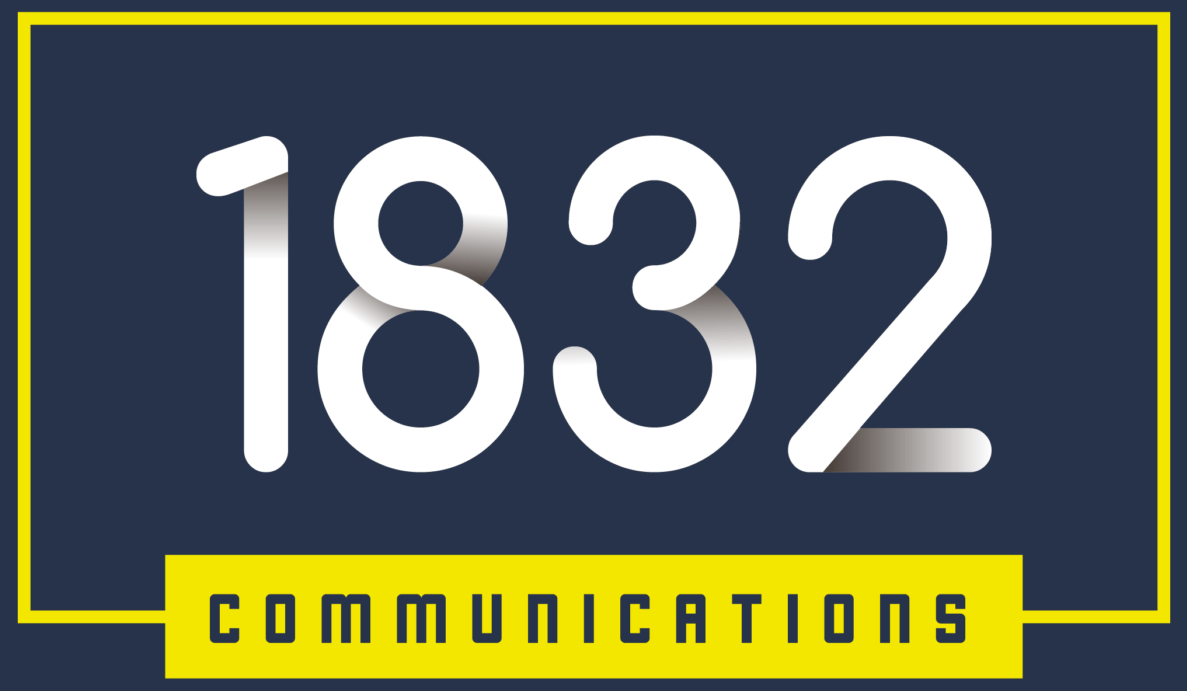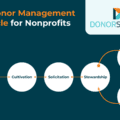The data from the Fundraising Effectiveness Project is in and it’s not great.
Actually, why mess around. Call it what it is. The numbers suck.
- Number of donors is down YoY 4.5% (4th straight year of decline)
- 8.8% FEWER small donors gave in 2024 as compared to 2023
- 6% decline in one-time donors
- Donors giving more than one gift annually gave 3% less
- Overall donor retention declined by 2.6% (FIVE STRAIGHT YEARS OF DECLINE)
- 4.9% decline in number of repeat donors retained
- The overall amount of money donated rose by 3.5%
I purposefully ended with that last bullet point because I know how many Boards and bosses only care about amount given (all the 🙄 ). The reason for growth in dollars donated? The big three, of course. Large gifts are up and that skews the data.
But look at the rest. Number of people giving is DOWN, retention is DOWN, small givers is DOWN. It’s depressing because it shouldn’t be this way!
As far as retention, we need to sound the alarm bell now. Actually, should’ve sounded it a few years ago but better late than never.
I’ve written about this issue before and I’ll continue to write about it. The fact is many of you are feeling the data at work. Donations are down, fewer people giving. And it’s hurting your organization’s ability to go from survival to thrival. My guess is that many of you feel like you’re spinning your tires in mud but not moving forward.
I want to address a term that some will relate to the above data. I believe it is a myth but I may be reconsidering that:
Donor fatigue.
(Side note: I do believe there is such a thing as fundraiser fatigue. I wrote about it two weeks ago when I discussed self-plagiarization.)
Let’s talk about what’s happening out there and why I am wondering if myth is becoming fact.

What are donors tired of
Donor fatigue is defined as donors getting tired of giving. Donor fatigue is not a thing.
But I do believe there’s a different definition for donor fatigue. I believe they get tired of the way we treat them and how we communicate with them. You need to understand when this is happening, what it feels like to a donor, how often to ask and how to keep donors happy.
Side note: If you have been following me for enough time, you know I believe that nonprofits don’t ask often enough! But if all you do is ask, that gets real old real quick. Making sure you share impact, gratitude, stories, data, educational material etc. in between asks will keep your donors giving year after year after year.
The data shows that fewer donors are giving. They are tired of being seen as cash cows. They are tired of horrible comms from organizations. They want the good vibes associated with donating to charity- and charities aren’t providing that.
All of which leads to people being tired of giving. Donor fatigue.
I may be coming around on this.
I’ve been in this sector for 25 years. I work with nonprofits and speak to a whole bunch more. I keep my finger on the pulse of what’s going on out there.
It always baffles me why organizations don’t pour more resources into retention and keep more of the donors they have.
Acquisition costs 5-10 times MORE than retention!
If you concentrated on retention, you’d save time, effort and money while also raising more money. The ultimate win-win! And yet the sector’s overall retention rate is 40%. First-time donor retention rate is 20%.
👎️ 👎️ 👎️
And yes, the mad scramble to find a Scott, Gates, Oprah or Bezos to donate is maddening. 🪡 , meet haystack. You have donors who literally felt moved to give to you last year!!! Keep them onboard!
And there’s a good chance you have some mega-donors among them!!! Know how to find them and you’ll be better off.
As a former small shop CEO and fundraiser, I know you’re being pulled in a million directions. You wear a hundred 🎩 and you’re extremely overworked and 😩 . I get it.
But folks, as this article argues, donors are getting tired of the experience of giving. It’s no longer a pleasant one.
And when that becomes the case, they stop giving.
That doesn’t just hurt your organization. It negatively impacts the people you’re trying to help and the causes you champion.
Going from survival to thrival means genuinely providing a positive giving experience for every donor. Heap gratitude upon them, share the impact of their gifts, send stories. Give them all the good vibes!




